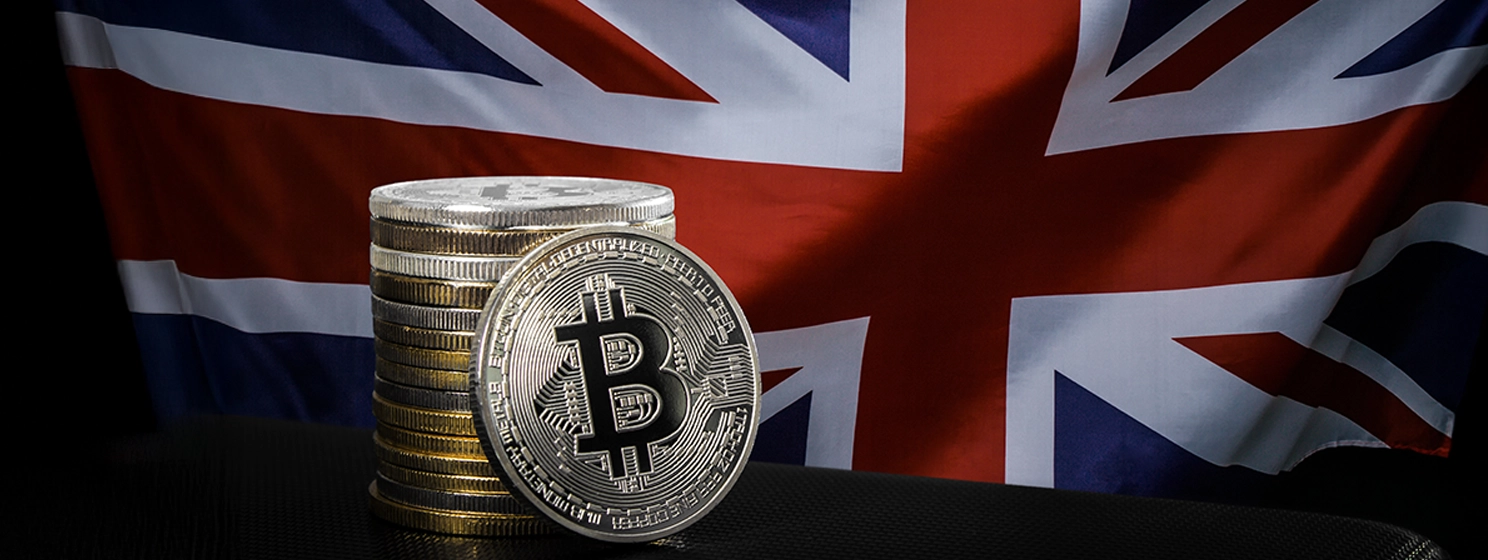|
Getting your Trinity Audio player ready...
|
Hong Kong has introduced its long-awaited stablecoin bill, laying out the conditions issuers must meet to operate in the city-state.
In its 285-page document, the Hong Kong government delved into the scope of the new law, its new licensing regime for stablecoin issuers, restrictions, and more. According to the Hong Kong Monetary Authority (HKMA) CEO Eddie Yue, the proposal was informed by “extensive consultations” with industry stakeholders.
The law will consider a digital token a stablecoin if it’s operated on a distributed ledger technology (DLT), expressed as a unit of account, and purports to maintain stable value with reference to another asset. It’s not a stablecoin if it’s issued by a government, a central bank, or their proxies.
While it laid out the conditions under which a virtual asset service provider (VASP) will be considered to fall under the new stablecoin law, the city left an open invitation to the HKMA to extend the scope as it deems fit, provided it consults the Financial Secretary and gazettes any changes.
Stablecoin issuers must obtain a new license from the HKMA to serve the city. To qualify, they must have a minimum paid-up share capital of HKD25 million ($3.2 million) and other operating resources.
They must also maintain a “pool of reserve assets for that type of specified stablecoin,” which must be segregated from other funds. The proposal also demands that these reserve assets be of “high quality and high liquidity with minimal investment risk” without going into details. Issuers must undergo “regular independent attestation and audit,” it adds, again without elaborating.
In the stablecoin space, these details are critical as issuers tend to bend the law to their advantage. This includes investing in risky assets that have higher yields, essentially maximizing the profits at the users’ expense. With the regularity of the audits also not specified, issuers are at liberty to delay these checks until they are forced to do so, which by then could be too late.
Other requirements include experienced leadership, timely redemption, risk management procedures, anti-money laundering (AML) checks (where, again, USDT has been found wanting time and time again), transparent disclosure, sufficient complaint handling, and recovery and wind-down plan.
Issuers who violate the law face a HKD5 million ($643,000) fine and seven years behind bars. A continued offense will attract a fine of $12,800 for every day the violation continues.
“The legislative proposal is essential for Hong Kong in fulfilling our obligations as a member of the Financial Stability Board. This risk-based proposal aims to promote a robust regulatory environment, which is in line with Hong Kong’s approach to virtual-asset development,” commented Christopher Hui Ching-yu, the Secretary for Financial Services and the Treasury Bureau (FSTB).
Hong Kong’s proposed law aligns with similar moves in other jurisdictions as regulators target the $210 billion sector. The European Union has addressed the sector through the Markets in Crypto-Assets (MiCA) regulation, with Circle the first to obtain the new license in the region. Japan and Singapore have also implemented their versions of stablecoin laws.
Iran to regulate digital assets to create jobs, counter sanctions
Elsewhere, Iran intends to regulate digital assets to create employment and counter crippling sanctions from Western governments.
Finance and Economic Affairs Minister Abdolnaser Hemmati revealed recently that the Iranian government doesn’t intend to ban digital assets. Instead, it plans to introduce regulations that allow the Middle Eastern nation to leverage digital assets to boost its economy while protecting investors.
Addressing a national event, Hemmati noted that embracing digital assets can create jobs for Iranian youth and enable the country to align with the global digital economy. Additionally, they can enable it to evade sanctions; Iran is the second-most sanctioned country after Russia, with nearly 5,000 sanctions.
It’s not a new playbook. Sanctioned nations have continuously explored digital assets to find a backdoor into global financial rails. Russia is leading in this pursuit and has been legalizing various facets of the ‘crypto’ sector to ease the pain of the sanctions. It even has plans to introduce two national ‘crypto’ exchanges, as per reports. This playbook stretches back nearly a decade, with Venezuela and North Korea among the first to employ it. However, the effectiveness is questionable as digital assets are not the anonymous conduits they were once mistakenly believed to be.
Still, Iran, Russia, and other sanctioned nations continue to explore digital assets. According to the Iranian outlet Nour News, the Central Bank of Iran (CBI) followed up the finance minister’s proposal by suggesting new ‘crypto’ policies to stamp out crimes such as money laundering while fostering adoption.
The central bank believes that Iranian investors hold around $50 billion worth of digital assets, which is a third of their gold holdings. According to blockchain analytics firm TRM Labs, nearly 90% of Iran’s ‘crypto’ activity takes place on regulated exchanges with established Know Your Customer (KYC) and AML checks.
Watch Spotlight On: Centi Franc—the truly stable stablecoin

 12-24-2025
12-24-2025 




